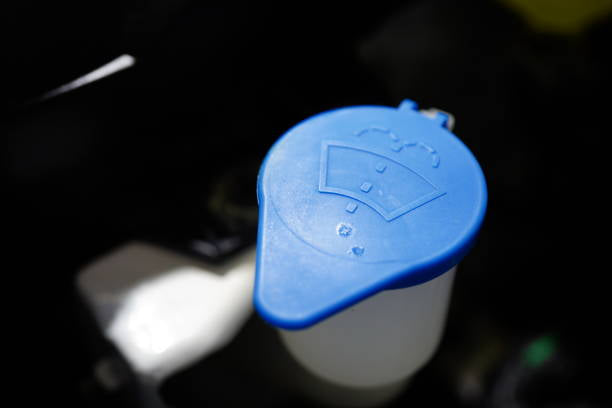Let’s face it, screen wash is a key part of staying safe on the road. Making sure your windscreen washer fluid is always topped up isn’t just good practice—it’s vital for clear visibility and your safety.
That said, how much screen wash does a car actually hold?
It’s a surprisingly common question, and figuring out your car’s screen wash capacity can be one of those confusing, head-scratching tasks drivers often run into. So, with help from fellow car lovers and trusted sources, we’ve pulled together the typical screen wash capacities for popular vehicles. In this blog, we’ll break it all down for you.
Understanding Screenwash Reservoir Capacity
According to most recent data from the DVLA, one in four cars (25%) in the UK is either a Ford or a Vauxhall. According to the latest data from the DVLA, one in four cars in the UK is either a Ford or a Vauxhall. That’s over 3.1 million Vauxhalls and 4.2 million Fords on the road—so chances are, you might be driving one too. Here’s a quick look at the windscreen washer reservoir capacities of some of these popular vehicles:
Screen washer reservoir Capacities for Popular Car Models
|
Make & Model |
Typical Reservoir Capacity |
|
Vauxhall Astra |
2 – 3.5 litres |
|
Ford Fiesta |
2.5 – 3.5 litres |
|
BMW 3 Series |
5 – 6 litres |
|
Ford Focus |
4 – 5 litres |
|
Vauxhall Corsa |
1.5 – 3 litres |
Note: Capacities can vary based on model year and specific configurations.
As you can see from the table above, BMW 3 series tends to have larger reservoirs. Some older models, like the E90, are reported to have up to a 6-litre capacity. On the other hand, the Corsa typically has one of the smallest capacities—which makes sense, as it’s a smaller vehicle.
So, How Much Screen Wash Does a Car Hold?
The capacity of a car’s screen washer reservoir varies depending on the make and model. Typically, it ranges between 1.5 to 8 litres. Smaller vehicles, like compact cars, often have reservoirs closer to the lower end of this range, while larger vehicles, such as SUVs and trucks, tend to have higher capacities.
To determine your vehicle’s specific reservoir capacity, it’s best to consult the owner’s manual, as most usually list this information.
Tips for Maintaining Optimal Screenwash Levels
-
Using a Good Quality Screen Wash: Choosing a high-quality screen wash is essential. A premium car screen wash contains superior cleaning bio-surfactants that break down dirt and grime more effectively, so you use less product and less effort each time.
- R
egular Checks: Inspect your screenwash levels monthly, or more frequently during seasons of heavy use—then top up when running low.
Factors Influencing Screen Wash Usage
Now that you know how much screen wash your car needs, here are several factors that can affect how quickly your vehicle’s reservoir can run out:
-
Driving Conditions: City driving exposes your car to more dust, grime, and pollutants, requiring more frequent use of screen wash.
-
Weather: Rainy or snowy weather can increase the need for screen wash to maintain visibility.
-
Environmental Conditions: Drivers in rural areas may not deal with city pollution, but they face other challenges — from sticky tree sap and pollen to muddy puddles and insect splatters — which means using screen wash more often.
Tips for Knowing Your vehicle’s screenwasher capacity
Take Note When It’s Empty: One of the easiest ways to figure out your car's screen wash capacity is to observe and note how many litres you need to fill when your reservoir is completely empty. This tip is especially useful if you don’t have your manual handy.
How to Tell If Washer Fluid Is Full?
To check the washer fluid level, open the bonnet and remove the reservoir cap. Depending on where the reservoir is located, you can usually see markings to tell if it needs topping up
What Happens If You Put Too Much Screen Wash in Your Car?
Overfilling the screen wash reservoir can lead to spillage or unnecessary waste. It’s best to always fill up to the indicated maximum level to avoid mess and potential damage.
End Notes: How much Screen wash do you put in a car?
To wrap things up: the average car’s windscreen washer reservoir holds between 1.5 and 8 litres, depending on the size and model of the vehicle. Smaller cars like the Corsa usually need only 1.5 to 3 litres, while larger models, such as BMWs, can hold up to 6 litres.
The best way to know how much to put in? Check your car’s manual. But if you don’t have it, use the tips we’ve shared: monitor and note how much you pour in when the reservoir is empty.

